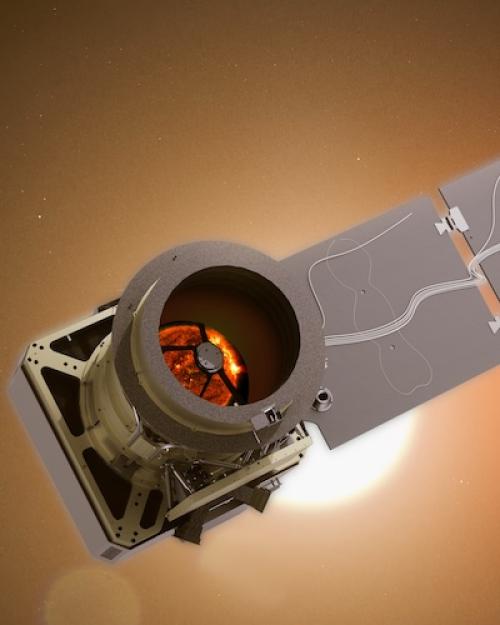This is an episode in the “What Makes Us Human?” podcast from Cornell University’s College of Arts & Sciences, showcasing the newest thinking from across the disciplines about what it means to be human in the twenty-first century. Featuring audio essays written and recorded by Cornell faculty, the series releases a new episode each Tuesday through the fall.
We humans often define ourselves by contrasting humans to machines and technology. But the boundary between human and machine is not so clear. Human experience has become more and more technologically mediated – from wearing spectacles to all sorts of prostheses and other technological, neuro, and pharmacological enhancements. It’s also true that the world of technology and machines contains inescapable traces of the human. As an obvious example, I typed this piece I’m reading today on a laptop computer with a keyboard layout known as QWERTY after the arrangements of letters on the six upper left hand letter keys. This less than optimal keyboard was taken over from a technology and the skills needed to use it a century earlier – namely, the typewriter. Human skills, activities, and assumptions about what humans want are embedded throughout the machine world. My field of science and technology studies has a name for the pervasive troubling of the boundaries between humans and machines: we call it, rather grandly, “Post Humanism.”
Where we draw the line separating machines from humans changes from context to context. Take a major technological accident, for example. Is the Challenger space shuttle disaster to be blamed on the leaking O-rings (these are seals between different sections of the solid rocket fuel boosters) or on the engineers who designed, built and tested the O-rings? Humans suddenly start appearing when we want to point the finger of blame while perfection often is attributed to the machine. The recent discovery of the pharmacological enhancement of the soldiers in the Nazi military through their widespread use of methamphetamines shows us wanting to find pure humans again. Somehow if the German army was boosted by drugs they can, for some, start to look a little less culpable.
Many scholars point to the ways that the human and non-human have become fully entangled in our complex post-human world. We say “my computer crashed” rather than “my keystrokes led to computer failure.” And our planet and its Anthropocene is bearing inescapable human traces. Even the law can ask whether trees should be given rights. The distinction between humans and other species also starts to become blurred.
Who decides what counts as human or non-human? The answer can be found in institutions. For instance, there is a trade law dispute over whether figures, such as X-Men, are human-like enough to merit the category “doll,” or whether they should be classed as a “toy” (with a much lower tariff). We continue to argue about the definition of the human within the university too. Some science and technology studies scholars have been making the case that the entanglement thesis has gone too far. Although what counts as language and who has it is up for debate we can tell, (hopefully) that it is a human rather than a monkey who wrote this piece. It is language which separates humans from other species and non-humans. And so ultimately the very conceptual schemes which allow us to postulate post humanism are produced, ironically, by humans. Which brings us full circle, inviting us again to question what is purely human and to remember that the boundary between humans and non-humans shifts from culture to culture and context to context.
More "What Makes Us Human" podcasts are available on iTunes and Soundcloud.




